How Long Should a Nap Be? Docs Share the Dos and Don’ts of a Perfect Nap
You can 'hack' your snooze to maximize the benefits — and it may be as easy as swapping where you sleep
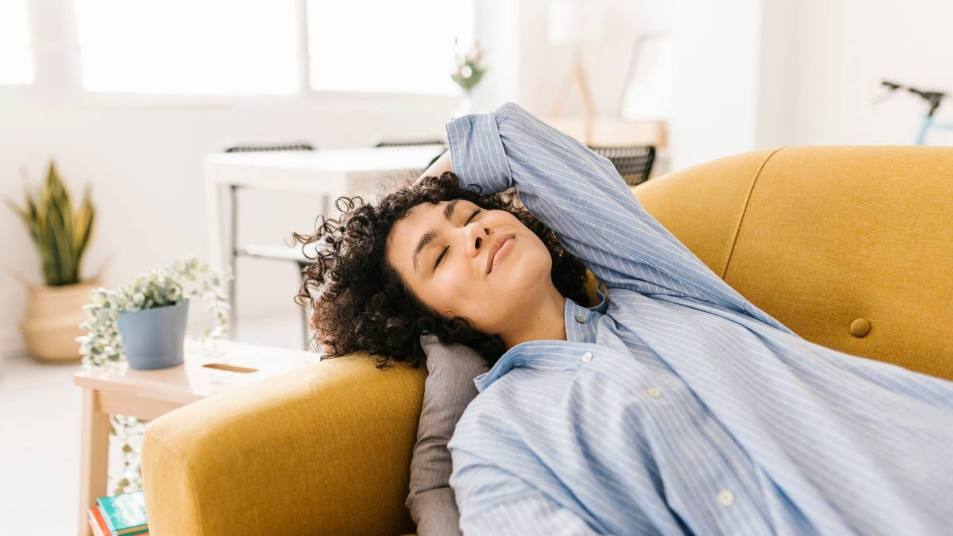
Ugh. After a rough night’s sleep, it’s hard to drag yourself through the next day when you feel like you’re running on empty. A short snooze sounds incredible. But you may be wondering: How long should a nap be to reboot your energy without disrupting your nighttime slumber? Here, sleep experts weigh in on what to do — and what not to do — to maximize the restorative power of an afternoon nap.
The benefits of taking a nap
“Napping is sleep, and sleep is restorative,” says Joseph B. Schellenberg, MD, a sleep medicine specialist with the Lehigh Valley Health Network in Pennsylvania. The idea is that “sleep of any kind is a time when we are allowing our brain and body to restore itself.” Here’s what a short snooze can do:
1. It soothes tired muscles
Physically, taking a nap gives your body a break. As Dr. Schellenberg puts it, “any amount of rest and getting off your feet, if you will, is going to allow your muscles to recover.” That can be particularly important if you’re in a job with a lot of physical activity, like a nurse, or if you’re running around after kids or grandkids. “Allowing yourself to ‘put your feet up’ or allowing for a short nap basically removes the stress on the body of that physical activity,” he explains.
2. It banishes brain fog
If you didn’t get enough sleep or the quality of your sleep wasn’t great, your brain will want to make up for that lack of rest during the day, says Dr. Schellenberg. That’s where a nap can help. A quick doze gives you “the opportunity to feel particularly more mentally refreshed,” he says. “Alertness can increase. Mood can be improved. If you’re in a tired, cranky position, then [a nap] can blunt that.” (Click through to see more ways to get rid of brain fog fast.)
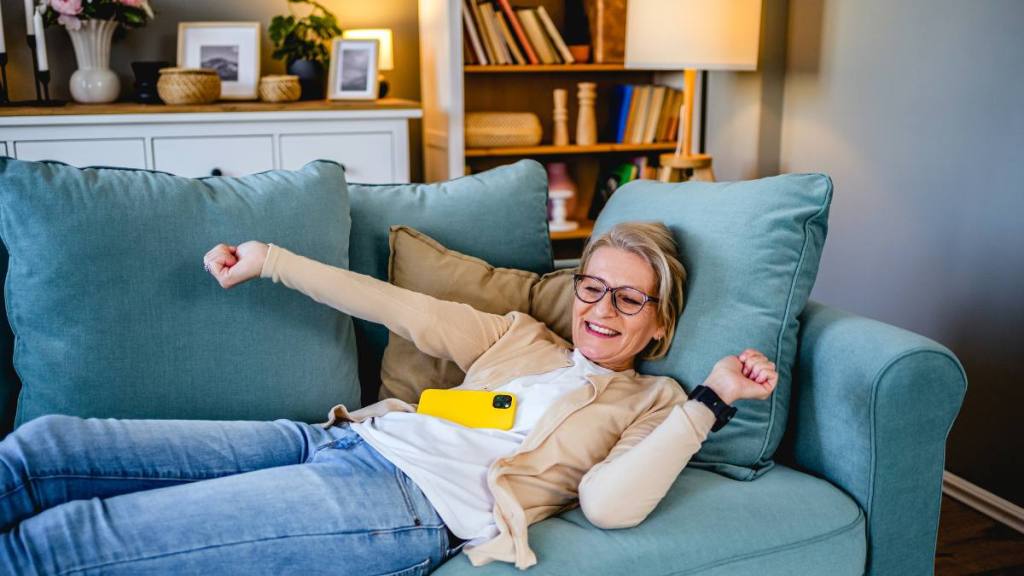
3. It erases crankiness
Along those same lines, a nap can help you handle your emotions better when you’re tired. “We know that people who are sleep-deprived don’t process emotions as well and just have more cognitive swelling,” says James McGuirk, MD, a neurologist and sleep medicine specialist with Vanderbilt Health in Tennessee. “From a mental health standpoint, napping can help improve those things.” Some evidence suggests that naps can improve receptiveness to positive emotions as well, he notes.
4. It boosts your memory
Research also suggests a connection between napping and brain health. In a study in BMC Geriatrics, researchers found that regular, less-than-30-minute naps cut seniors’ cognitive decline risk over 5 years. While this is likely a correlation and not a direct cause, Dr. Schellenberg notes that “the underlying concept is probably the fact that any form of sleep allows for the brain to ‘clear out’ some of the neurochemical ‘waste’ generated during consciousness/wakefulness.”
Tip: Naps can help preemptively too, says Dr. Schellenberg. If you have to work a long shift or have a long drive ahead of you, getting in some shut eye beforehand can help keep you awake, alert and upbeat.
How long should a nap be?
There are plenty of upsides to an afternoon snooze, but how long should a nap be exactly? As Dr. Schellenberg explains, the ideal nap length is under 40 minutes. That’s going to leave you feeling rested and help restore your energy without disrupting your sleep at night.
Ideally, a nap should be between 10 and 30 minutes long. “The benefit you feel from that nap will be almost immediate upon waking,” says Dr. McGuirk. Sleep longer than that — say, an hour or two — and you may experience sleep inertia, “which is basically grogginess coming out of those deeper stages of sleep,” he says.
In general, you don’t want to nap for too long. “The longer you nap during the day, you could have more insomnia at night,” adds Dr. McGuirk. “You could have a harder time getting to sleep or [it] could take you longer to fall asleep. Shorter naps tend to not have as much of a risk of doing that.”
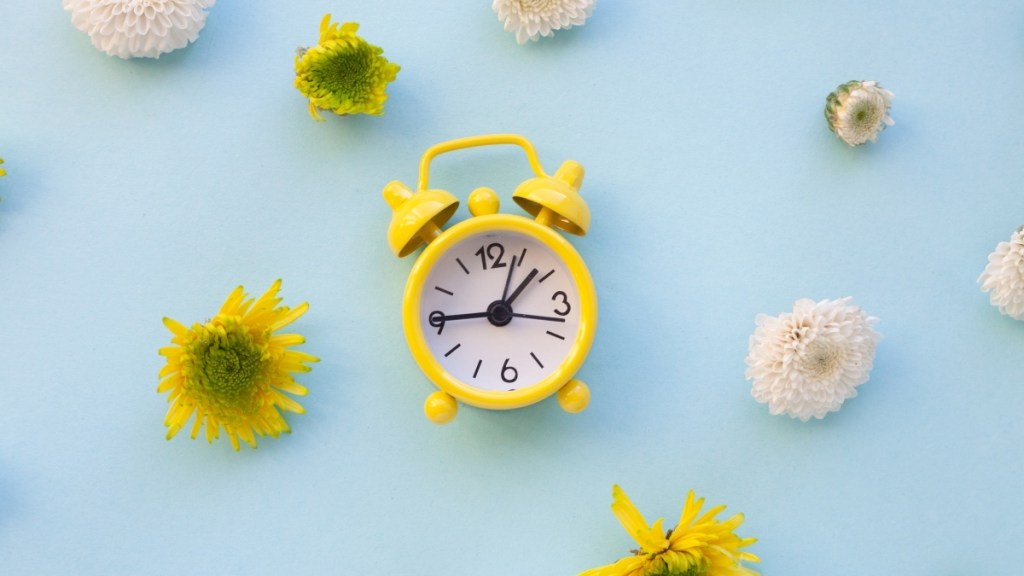
Dos and don’ts of a perfect nap
Now that you know how long a nap should be, there are a few dos and don’ts that help you “hack” your afternoon snooze to boost the benefits. “If you really wanted to maximize [a nap], you’re going to treat it like you would sleep,” explains Dr. Schellenberg. Here is our experts’ best advice:
Do: Nap before 4pm
If you’re on a regular sleep schedule (not working overnight, for example), then you want to end your nap before 4 pm, advises Dr. Schellenberg. “You don’t want to be extending that too close to your actual sleep time,” he says. And as Dr. McGuirk notes, “Generally speaking, earlier in the afternoon or after lunch is preferable to evening.” In particular, he cautions against napping from 6 to 9pm — which some call the “forbidden zone”, he says — since it can mess with your regular sleep.
Don’t: Make naps a daily habit
While a daily nap may sound great, if you’re feeling super sleepy every day or can’t make it through your day without a nap, that could mean something else is up. As Dr. Schellenberg explains, “if someone’s telling me they need daily naps, then I think that could be a sign there’s actually something that’s probably fueling that that should be addressed as a primary problem.”
For instance, you may be dealing with unrecognized sleep apnea, restless leg syndrome or bad sleep habits that could be causing poor sleep quality, he says. Overall, Dr. Schellenberg says that he doesn’t recommend daily naps, but rather gives the go-ahead to take them occasionally, when you need them. (Click through to learn how to ease restless leg syndrome so you can sleep soundly.)
“If your kids are coming off the bus at 4 pm and you feel exhausted, then yes, go upstairs, go in a dark room, make it quiet and comfortable, and set an alarm,” he says. “Chances are you’re going to awaken more refreshed and in a better mood. And you’ll be more functional for that next period of time until you’re actually able to initiate sleep.”
Do: Slip on a sleep mask
“Light and sound are evolutionarily deep reasons for your brain to want to stay awake,” explains Dr. Schellenberg. If you want to “fool” your brain into getting some daytime sleep, then keeping things quiet and dark can help, he says. To do that, especially if the sun is out, try a sleep mask.
“Light is important — or lack thereof — and that’s why a sleep mask to cover your eyes can help no matter where you choose to lay your head down,” says Lauri Leadley, a clinical sleep educator and the founder and president at Valley Sleep Center in Arizona. “Light from tech devices, alarm clocks and daylight should be blocked out to help you get the nap you need.”
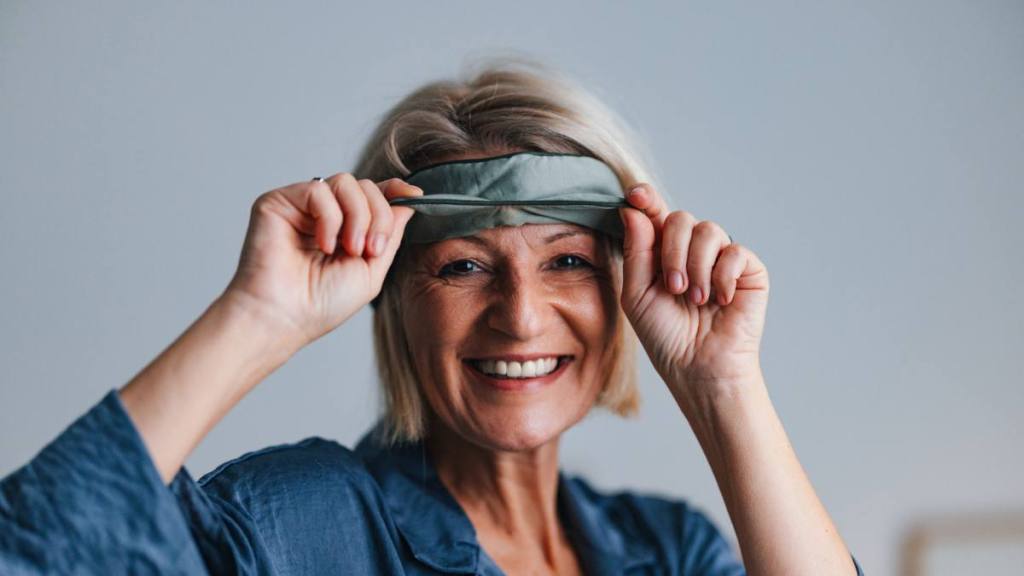
Don’t: Nap in bed
The goal of a nap is to make it short and sweet. And sometimes, your bed can be too cozy. As Dr. McGuirk explains, “if you are prone to sleeping longer in your bed or have a particularly dark bedroom, it may be better to sleep in a spot that is comfortable enough for you to rest in, but not so comfortable that you will sleep too long.” Leadley recommends a sofa or recliner—or even outside. “Over the weekend, I love to get outside, find my favorite chaise lounge and with a sleep mask or floppy hat to block out the sun, go in for a refreshing nap and small serving of Vitamin D,” she says.
Do: Use a timer
Having a timer for your nap helps so that “you don’t necessarily allow yourself to move into deeper stages of sleep,” explains Dr. Schellenberg. If your brain is trying to move into those deeper stages and then you wake up, you’re more likely to end up feeling groggy instead of well-rested, he says.
Do: Add pink or brown noise
There’s something particularly relaxing about falling asleep during a rainstorm. And pink noise can help mimic that before a nap while also helping block out distracting sounds. “I’m a fan of pink noise, such as the sound of rain falling,” says Leadley. “It has a shushing quality.” Brown noise, like wind, can also be helpful: “Brown noise is often described as having a ‘low-frequency rumble’ or a ‘deep hum,’” she explains. “Some people find it soothing and use it for relaxation, concentration, or masking other sounds.” (She does note that some brown noise, like waves crashing, may have the opposite effect.)
Either way, find what works for you — no matter the color. “Pink noise, brown noise, green noise, and white noise can all potentially place the brain in a more relaxed state conducive to napping,” explains Dr. Schellenberg. “I don’t know that any one is better than any other. It’s probably a matter of individual preference.” You can use a noise machine or download one of the many free apps, like the Pink Noise Generator (Apple) or Noise: White, Pink, Brown (Android), which have different “colors” of noise.
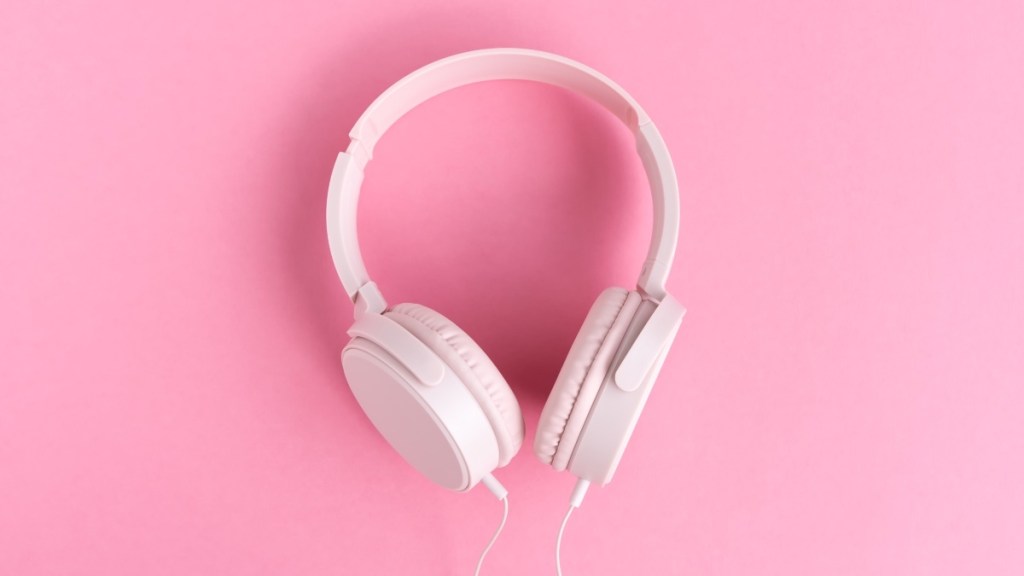
Do: Have a cup of coffee (really)
“I often recommend, if you’re trying to get the absolute most out of your nap — and as long as you don’t have a medical reason to avoid caffeine — ingesting some caffeine immediately prior to your nap will help make you feel even more refreshed after your nap,” says Dr. McGuirk. In fact, it’s a tip he himself uses if he wants some extra energy.
It takes time for caffeine to kick in, so it won’t prevent you from falling asleep. But once you’re awake, you get the benefits it can provide, he says. Research backs it up: A study in Clinical Neurophysiology found that participants who had 200 mg of caffeine right before a 20-minute nap were less sleepy for at least an hour post-wake up. Dr. McGuirk says a regular cup of coffee or even a soda should do the trick. (Tip: Take your coffee with cream? Check out our delicious homemade coffee creamer recipe.)
Do: Try meditation
While a warm shower is many folks’ go-to way to unwind before bed, that likely won’t be feasible before a nap. “While a warm bath or shower isn’t practical, practicing meditation or the 4-7-8 breathing technique is something that can be easily done,” says Leadley. “I personally find that when I’m aware of my breath, the stillness of my body, my heart beating, I can rest and doze off.” To learn how to do the 4-7-8 breathing technique, check out the video below.
Do: Eat a lighter meal
If you’re planning on taking an afternoon nap, pay attention to what you eat for lunch, advises Leadley. “A heavy, spicy meal may make you feel sluggish and defeat the purpose of the nap,” she notes. “Even if you do fall asleep, 15 or 20 minutes will not be enough time to regain energy.” Instead, she suggests a lighter meal, like a salad either on its own or topped with protein, like chicken or turkey. The tryptophan in turkey can up serotonin production, which contributes to feelings of relaxation and well-being, she says.
For more ways to guarantee sweet, deep sleep:
Is Falling Asleep After Eating a Sign of Diabetes? It Can Be — Here’s How To Tell
6 Science-Backed Ways to Get Deeper Sleep — And They Can Start Working Tonight
This Relaxing Type of Physical Exercise Can Ease Restless Leg Syndrome + Improve Sleep
This content is not a substitute for professional medical advice or diagnosis. Always consult your physician before pursuing any treatment plan.













